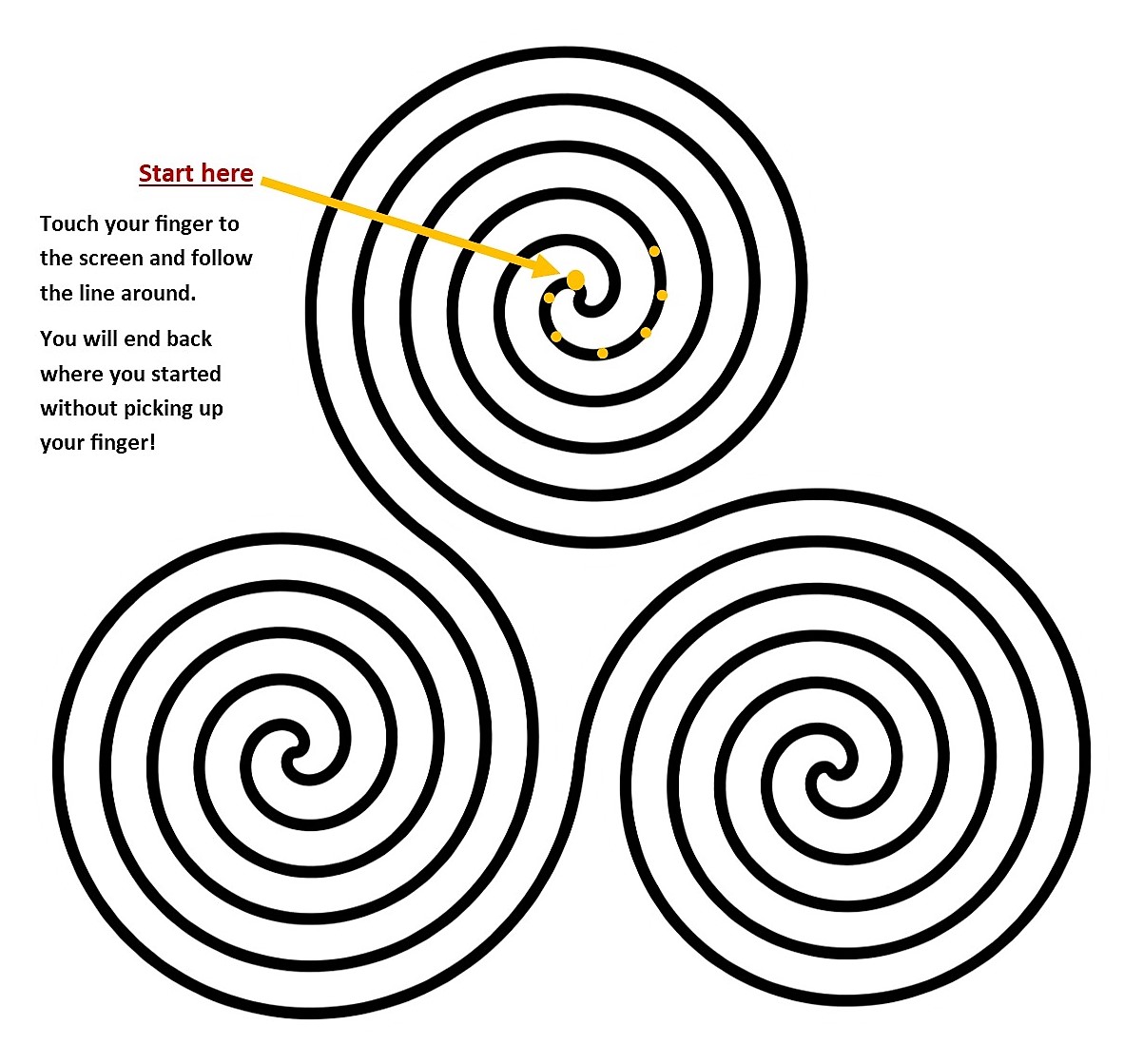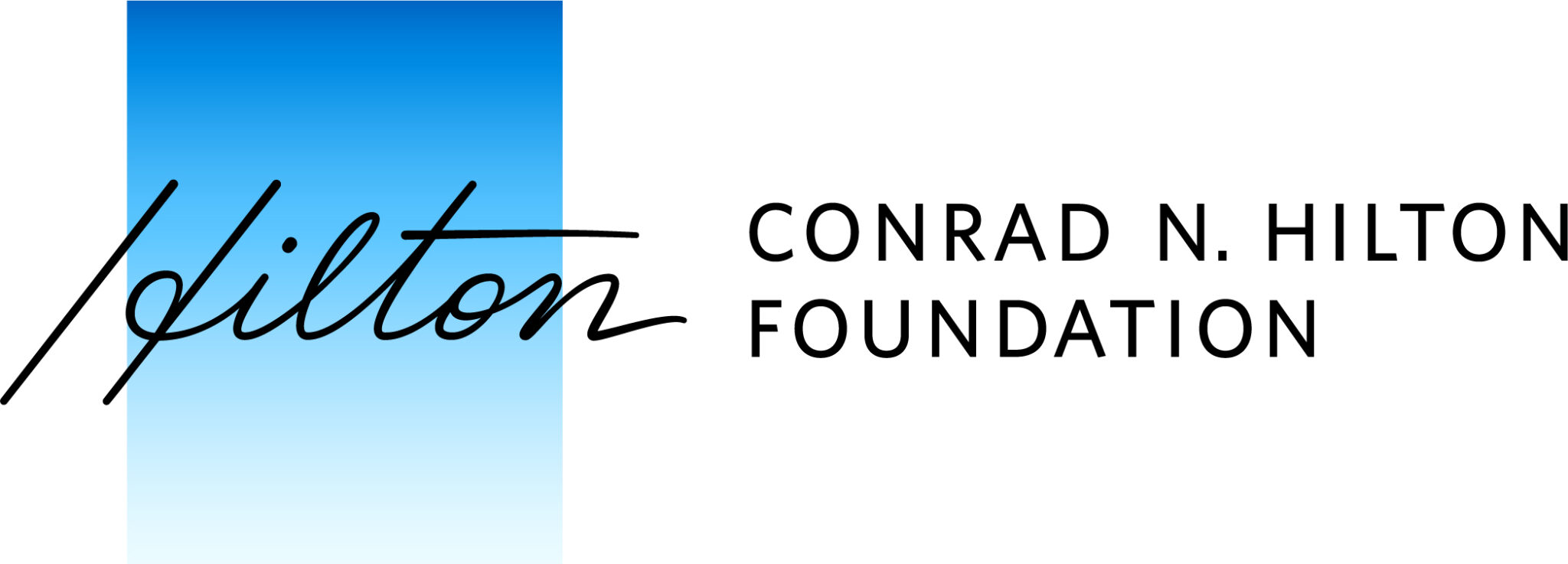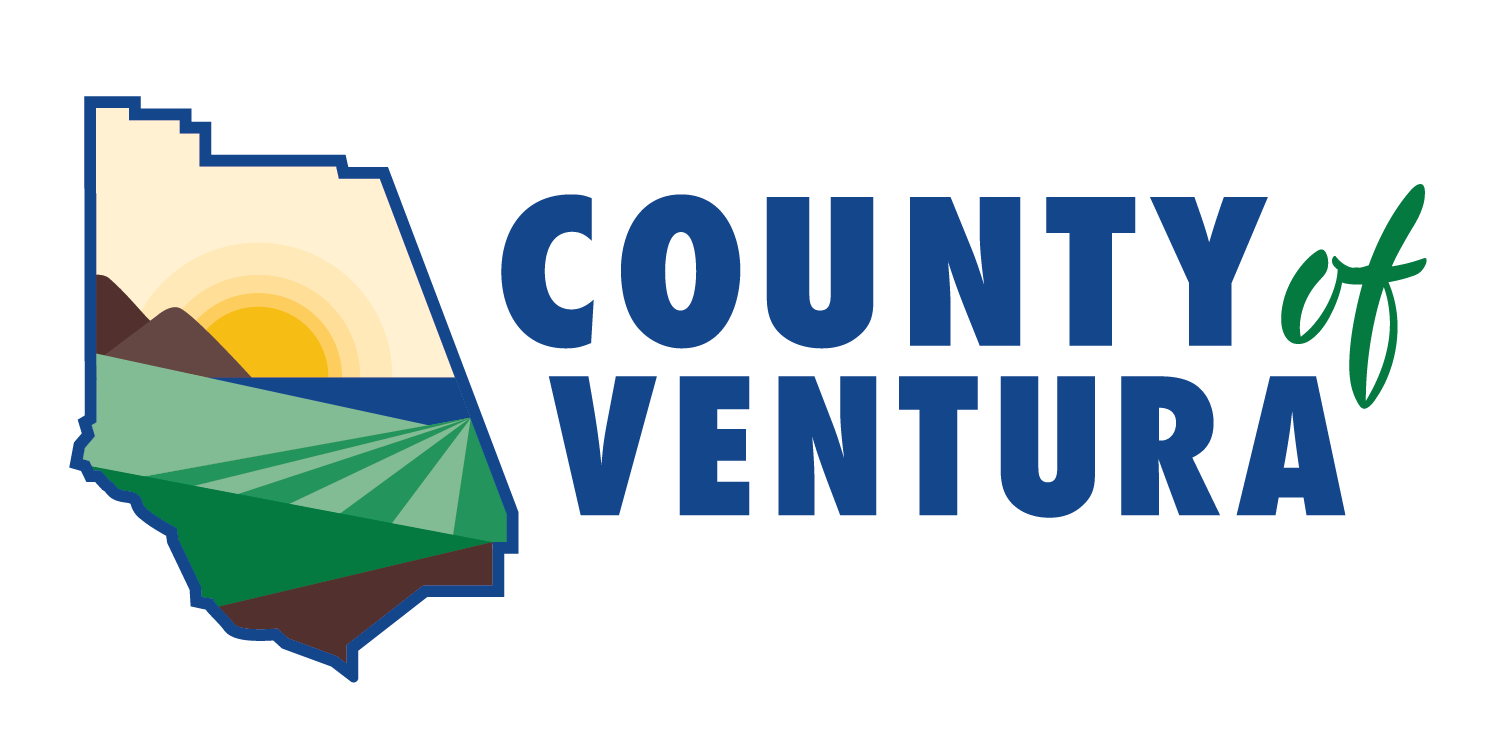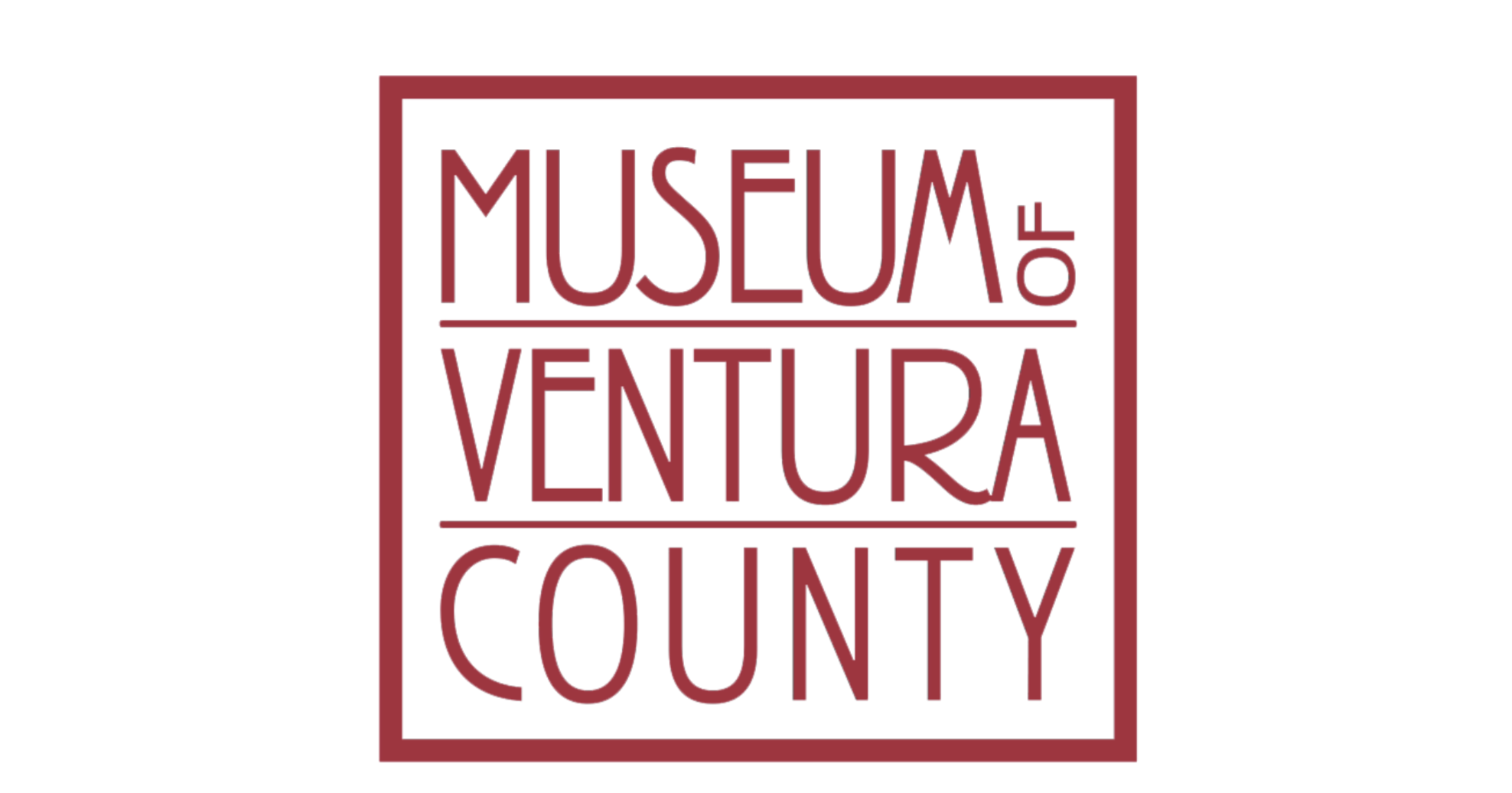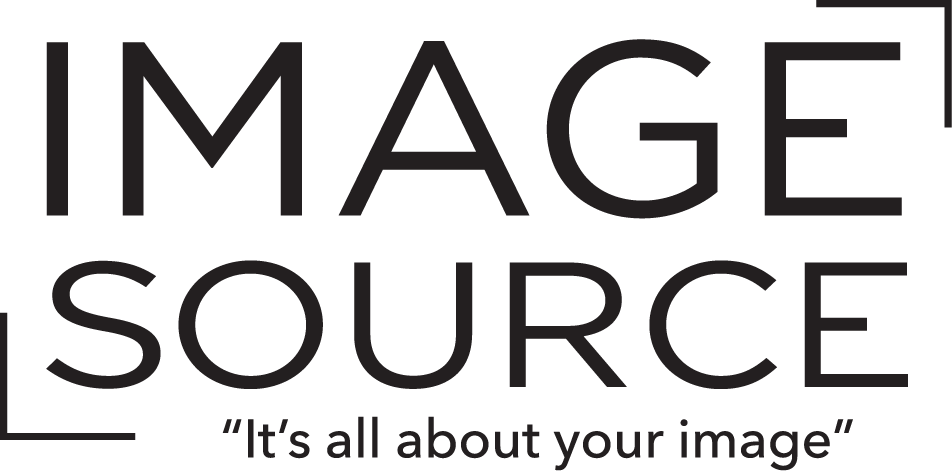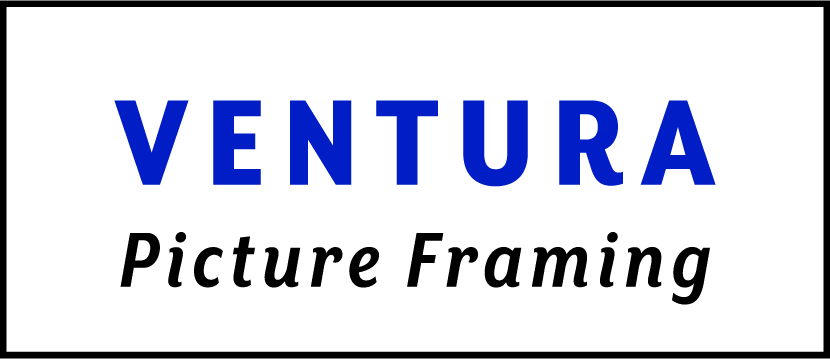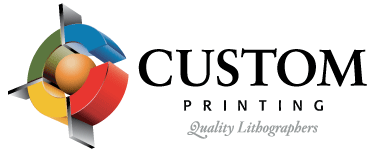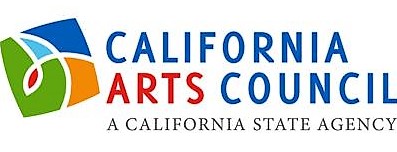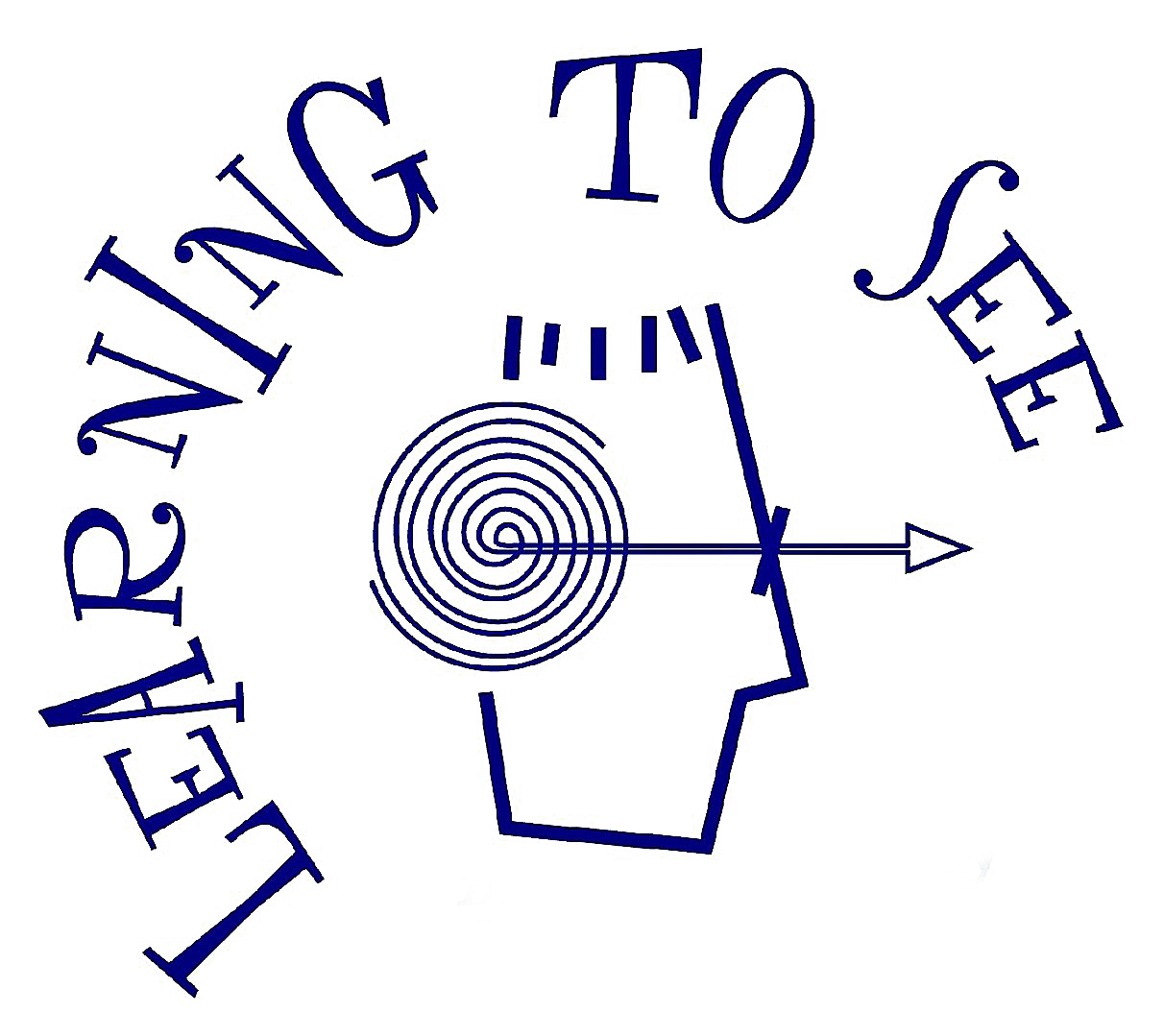
Explore, Discover, Create!
with Learning To See inspiration artist Tom Jenkins
Horses, motorcycles, hot rods, gymnastics and spinning tops have all been part of the life of FOTM master artist Tom Jenkins. He has made sculptures with sound and movement and ‘musical’ instruments. His studio is as much a machine and wood shop as it is a painter’s studio. He uses his own handmade drawing tools as well as traditional supplies. Learn more about Tom HERE.
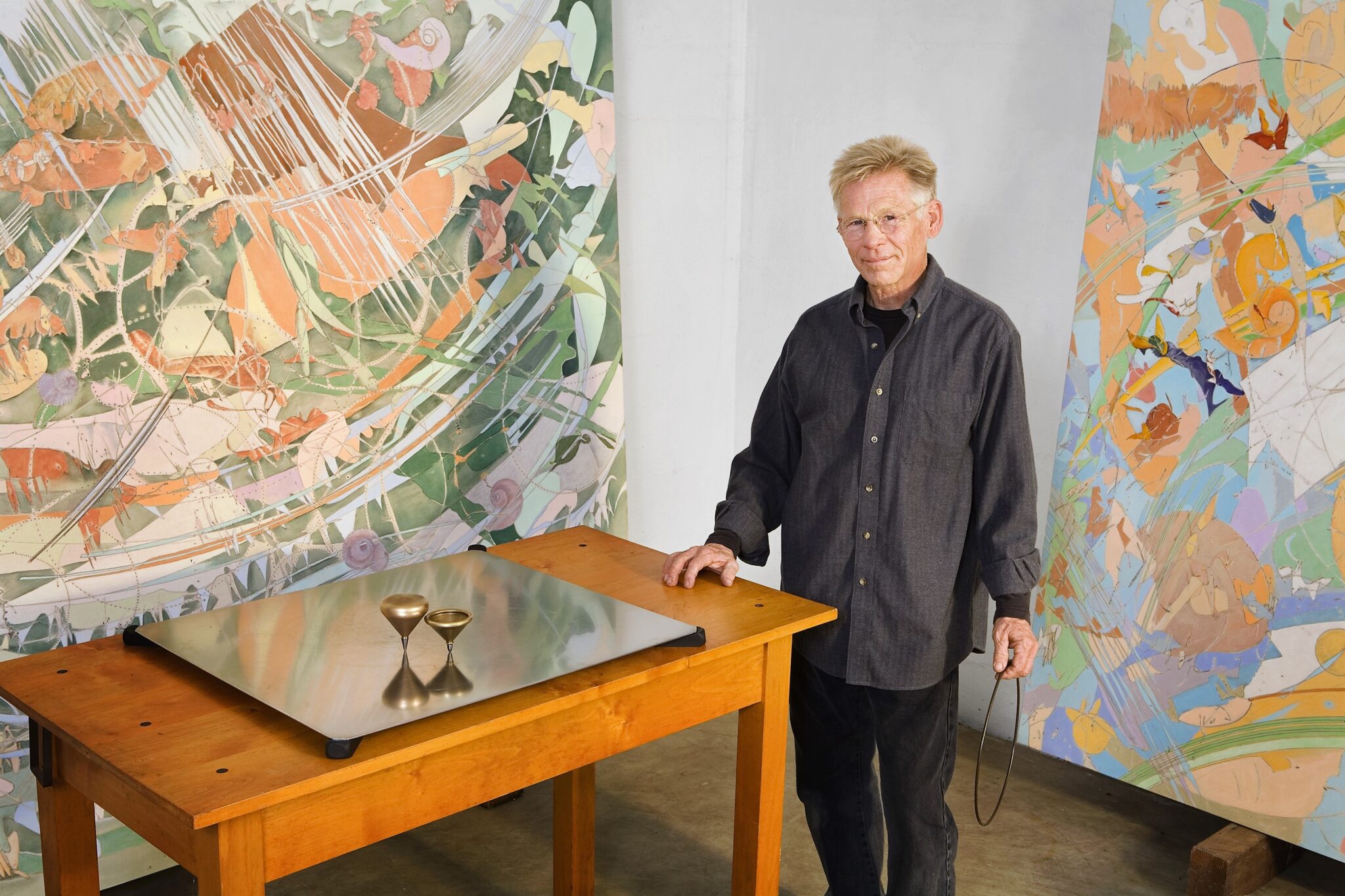
Find your ‘Happy Place’ with spinning tops!
When Learning To See students learned about Tom Jenkins and got to spin their own tops in school, they said they found their ‘Happy Place’! You can, too!
Watch this video for directions!
Your top can be a square or a circle! Experiment with coloring different patterns on it and see what happens when it spins!
Cardboard & a penny make a great spinning top!
You will need:
cardboard
scissors
sharp pencil
old towel or other thick cloth
round plastic container or lid
markers or crayons
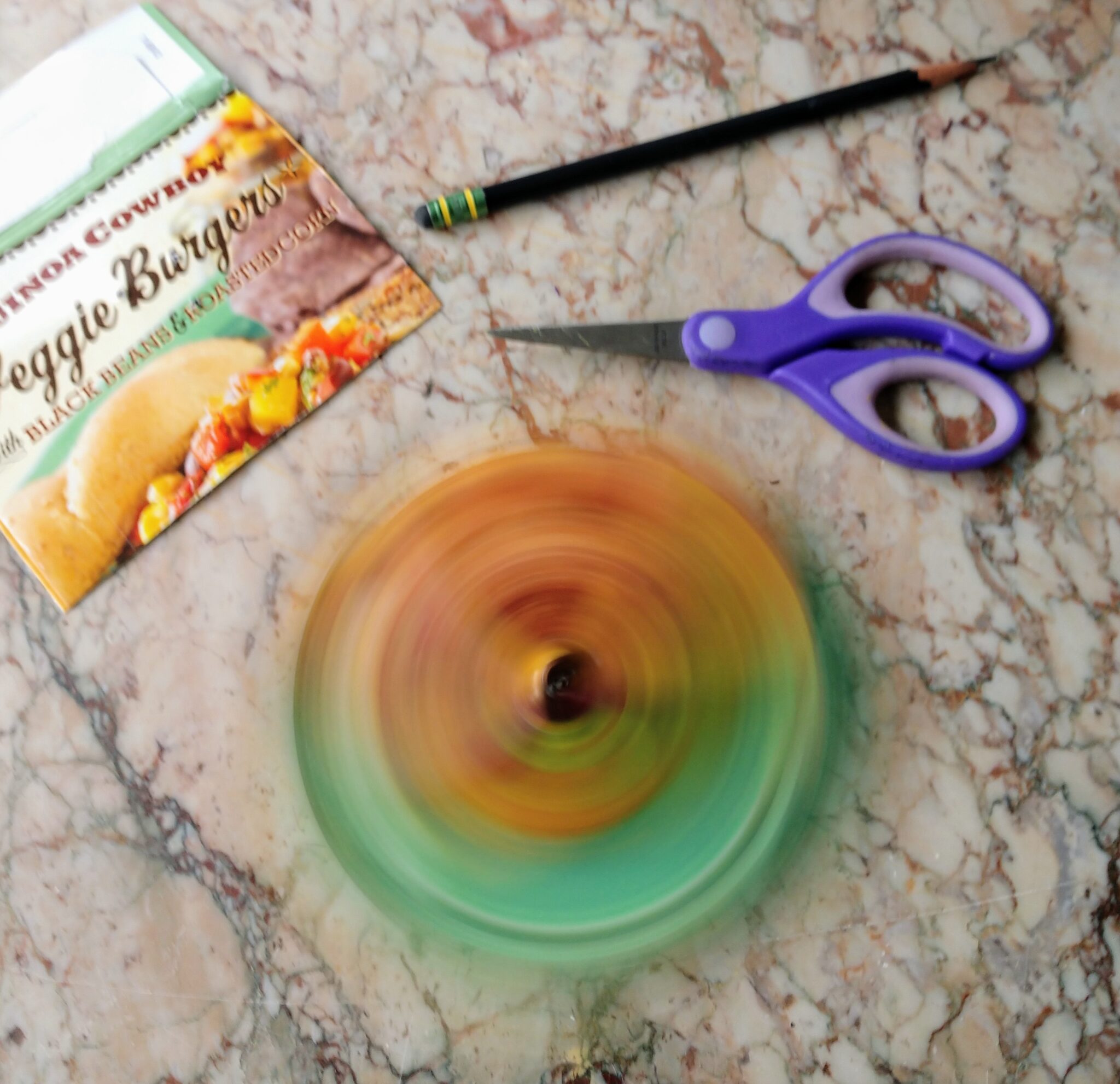
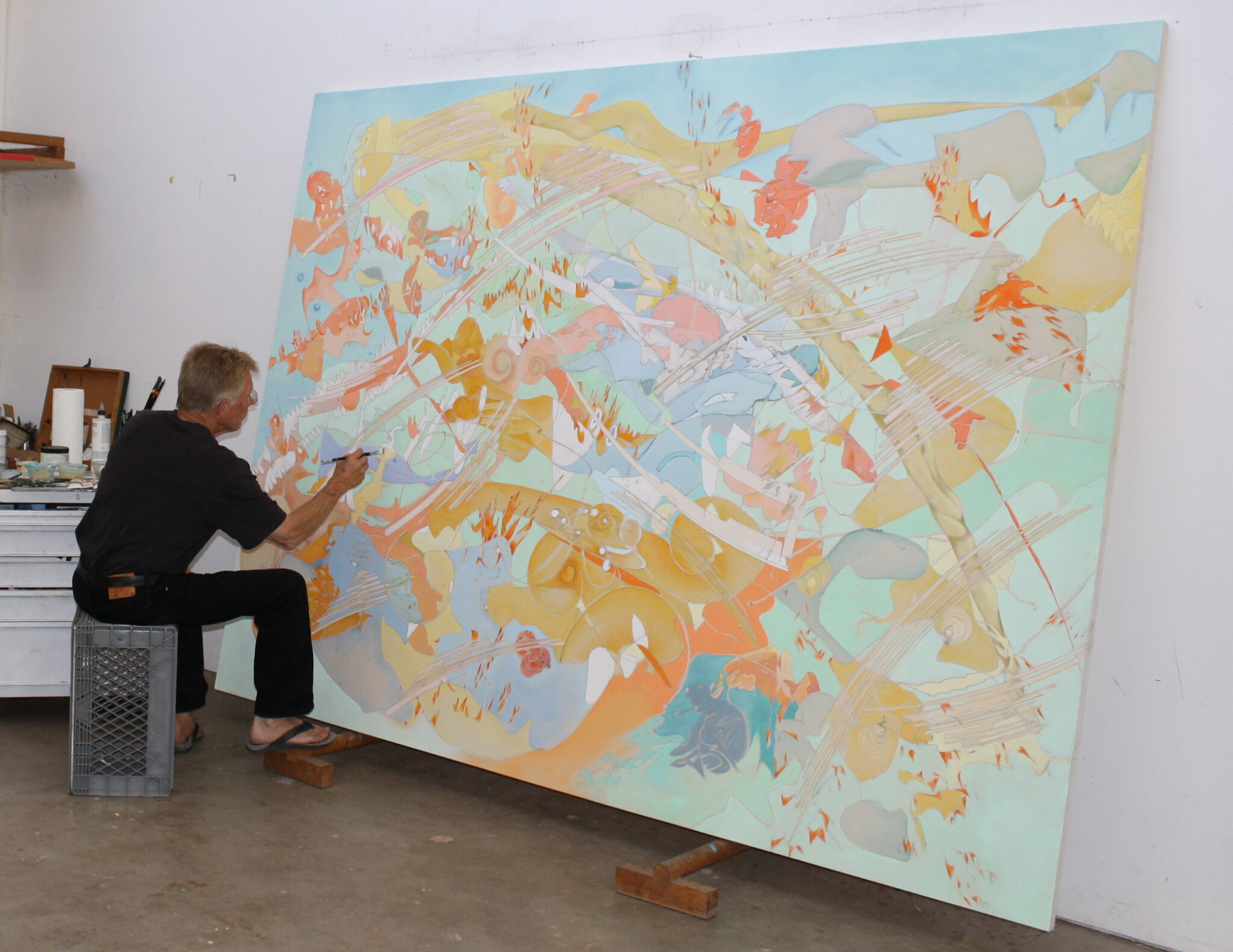
Below left is a detail of one of Tom’s paintings. Below right is a Learning To See student’s work. The more that was added, the richer it looked. Similar to a Jackson Pollack painting!
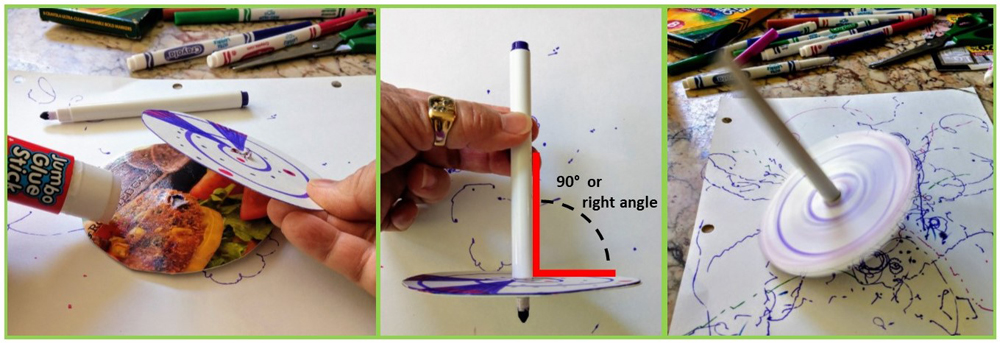
Make art with your tops like Tom Jenkins!
This top takes some problem solving skills and patience, but it is worth it!
Use the same supplies as above, but you won’t need the penny.
You will use 2 pieces of cardboard to make your whorl heavier.
1. Start the center holes in each whorl with a sharp pencil as shown in video. Wiggle the pencil tip to make the hole a little bigger, but not bigger than your markers!
2. Glue them together.
3. Wiggle the tip of a marker through the hole. Sometimes it will feel like it snaps into place.
4. Check that the whorl is at a right angle to the axis. It must be balanced with symmetry!
5. Spin your top on paper. You will see the spirals of your spinning top!
6. Use markers with pointy tips. Thicker markers are easier to spin, pointy ones will be harder.
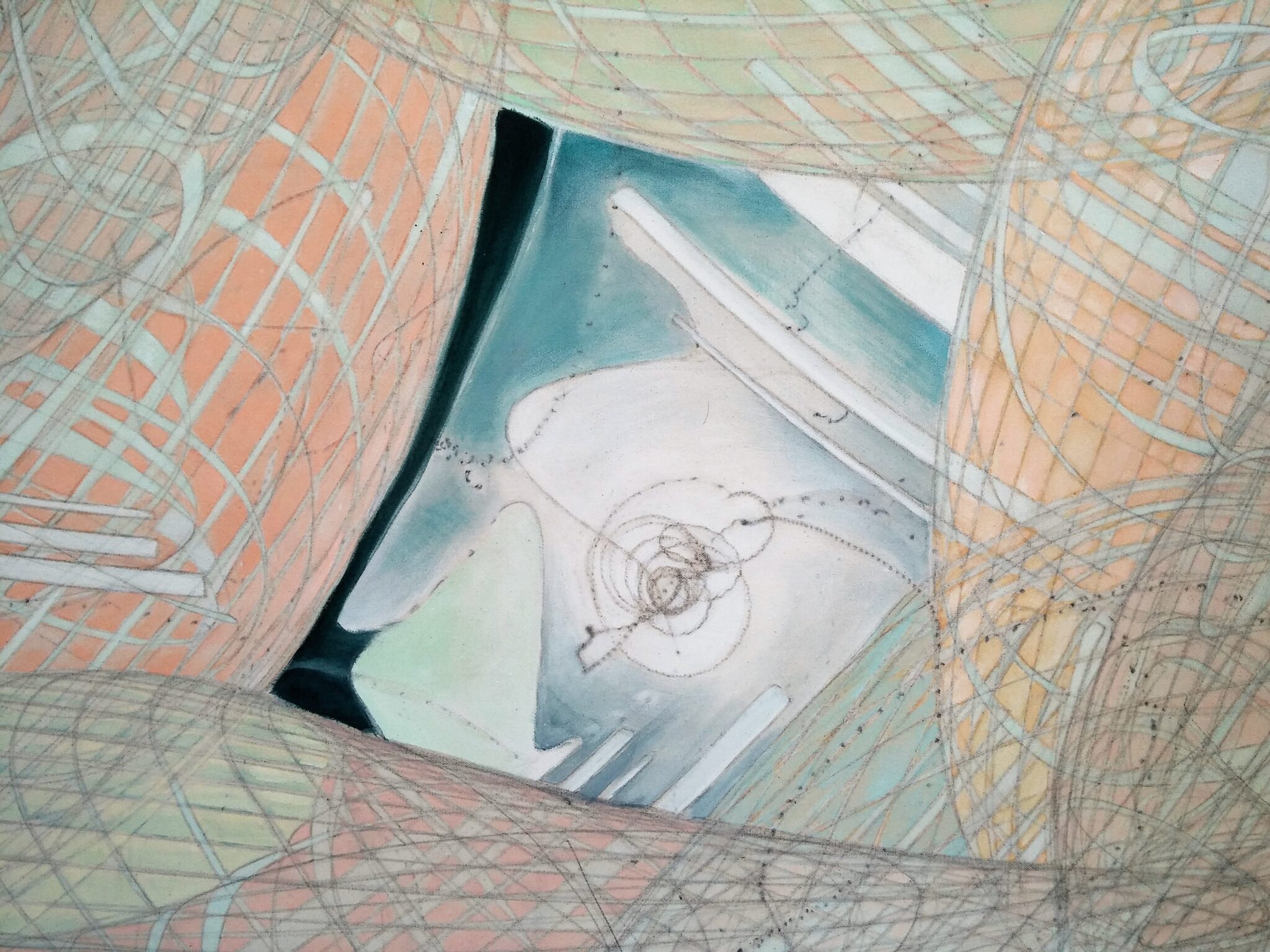
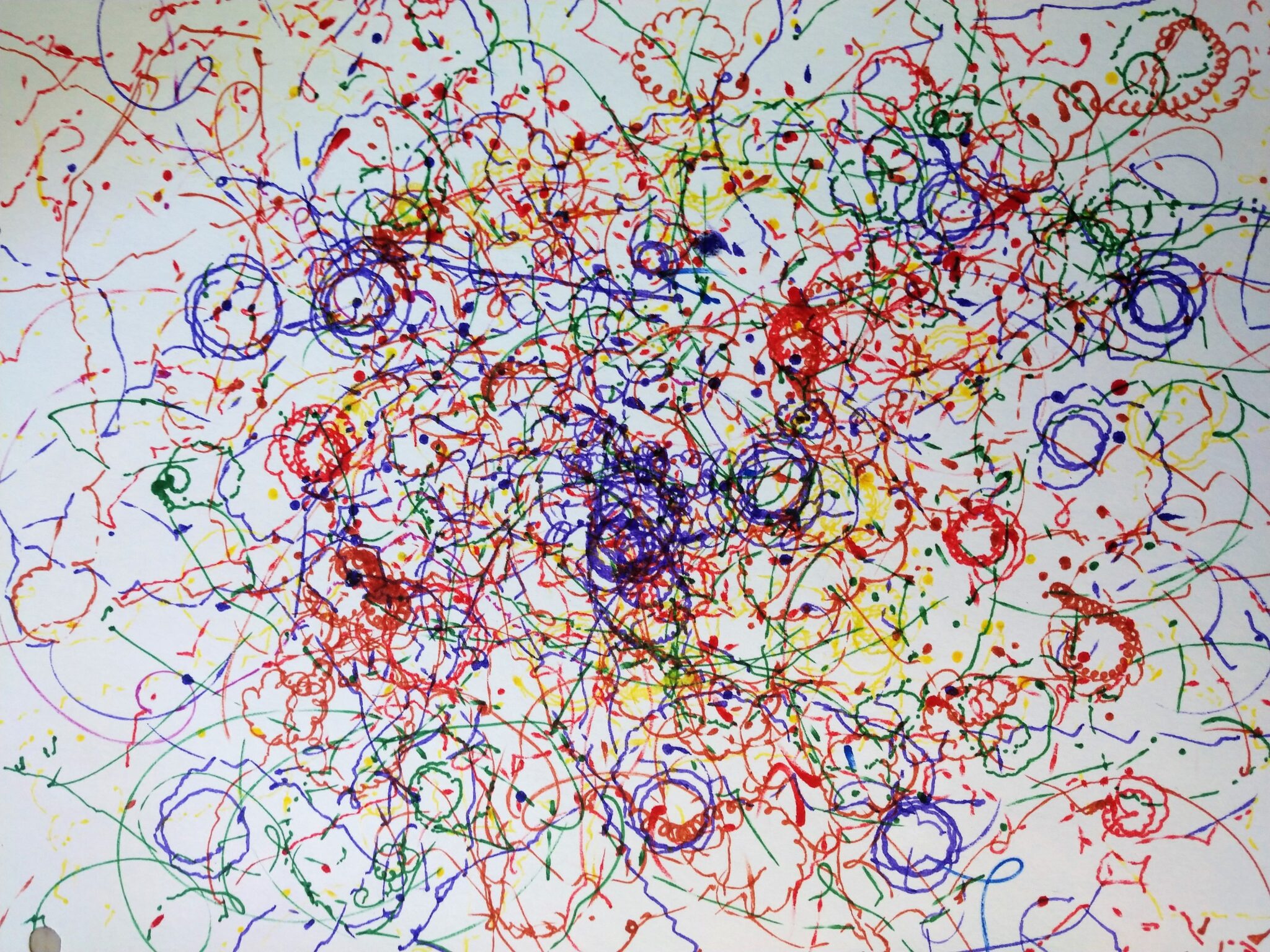
Watch our Learning To See students making art while spinning their tops!
Search ‘optical illusions spinning tops’ for great ideas on decorating your top!
Spinning Top Vocabulary
Axis – a real or imaginary line that something else rotates around. The earth rotates on an axis. Two wheels of a car have 2 wheels attached at both ends of an axis so they can roll at the same time.
Symmetry – when one side looks the same as the other side, but turned over. Draw a line down the middle of your face, you will see that it has symmetry!
Force – energy or action that makes something move faster
Torque – when a force makes something twist or turn. When you try to get the lid off a jar, you are using torque!
Friction – the force or resistance that keeps one thing from sliding across another. Sliding around in your socks on a wood floor has less friction than sliding around on carpet.
Inertia – a tendency to not change.
Precession – change in the angle and turning of an axis.
A triskelion is a symbol that has been used for thousands of years in different cultures around the world. Triskelion means ‘three-legged’ in Greek. Each spiral represents a bent leg. The three legs move out from the center, suggesting circular motion. There are many meanings to this symbol, and they all are about things in ‘threes’ – land, sea, sky; life, death, rebirth; past, present, future; father, mother, child.
Tom Jenkins likes to PLAY with a lot of things. Watch this video of him drawing a triskelion and then try it yourself! He even used this symbol to design a clock!
Here is an example of an ancient triskelion design showing the 3 bent legs. Learn more HERE!
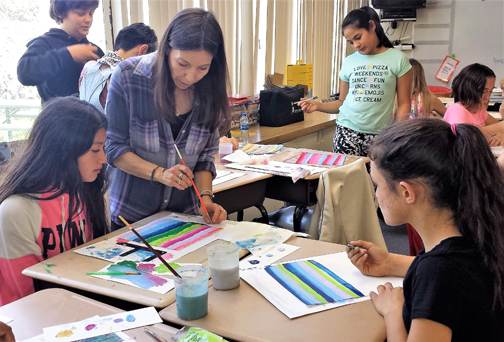

Funding
Learning To See has been adapted for comprehensive online learning! We utilize Zoom (& other video platforms) and have webpages to support each lesson. Art supply packets are provided for each student.
Our standard 8-week in-the-classroom residency is $600 (including instructor and supplies).
You can “Adopt A Classroom” for $600.00. Click HERE to Donate
Four week and single lessons are also available. Our lessons are cross-curricular and support the California content standards. Many of them can be tailored and grouped to work with a particular unit of study, i.e. zoology, social studies, history, language arts, sciences, etc. They are adaptable to a wide range of grade levels from elementary through secondary grades and beyond, including community groups and programs. Programs are supported in a variety of ways, including school and PTA funds, grants, or personal donations from an individual or group of parents/grandparents.
Our program is taught by professional artists who have extensive educational experience. We feel that this criterion helps to guide the student with a deeper understanding of the art making process.
For more information, or to arrange a residency in your neighborhood, call 805.653.2501 or email [email protected].
Thanks to Our Sponsors

